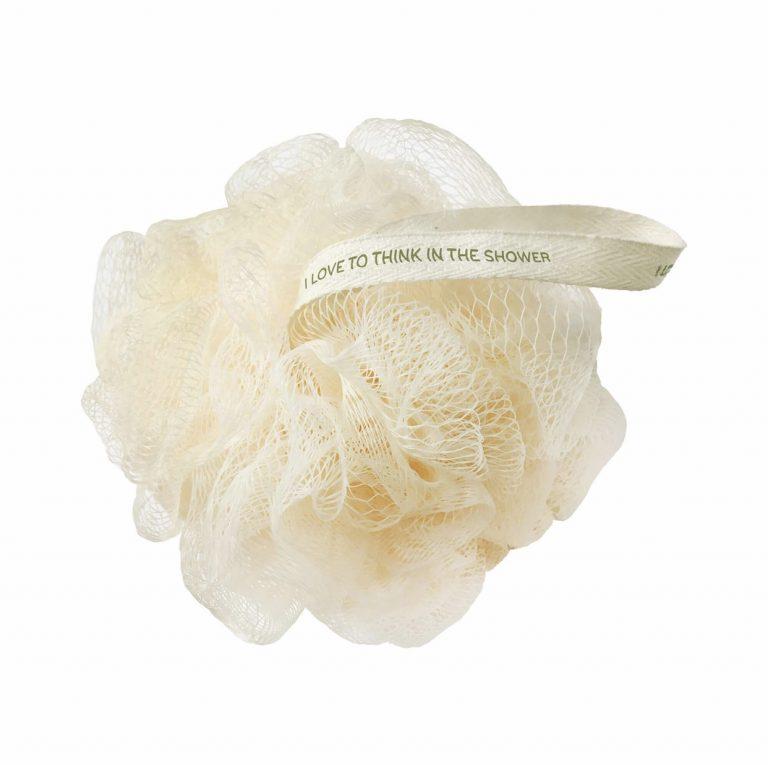
For his next project, Iwatani chose to create a non-violent, cheerful video game that appealed mostly to women, as he believed that attracting women and couples into arcades would potentially make them appear to be much-more family friendly in tone. Iwatani felt that arcade games only appealed to men for their crude graphics and violence, and that arcades in general were seen as seedy environments. The Japanese video game industry had surged in popularity with games such as Space Invaders and Breakout, which led to the market being flooded with similar titles from other manufacturers in an attempt to cash in on the success. Ĭreator of Pac-Man, Toru Iwatani, at the 2011 Game Developers Conference Due to an integer overflow, the 256th level loads improperly, rendering it impossible to complete. The game increases in difficulty as the player progresses: the ghosts become faster, and the energizers' effect decreases in duration, eventually disappearing entirely. Ghosts become slower when entering and exiting these tunnels. To the sides of the maze are two "warp tunnels", which allow Pac-Man and the ghosts to travel to the opposite side of the screen. Eating a certain number of dots in a level will cause a bonus item - usually in the form of a fruit - to appear underneath the center box the item can be eaten for bonus points. After a certain amount of time, blue-colored ghosts will flash white before turning back into their normal form. Eating multiple blue ghosts in succession increases their point value. Pac-Man can eat blue ghosts for bonus points when a ghost is eaten, their eyes make their way back to the center box in the maze, where the ghost "regenerates" and resumes their normal activity. Placed at the four corners of the maze are large flashing "energizers" or "power pellets." Eating these will cause the ghosts to turn blue with a dizzied expression and to reverse direction. Each of the four ghosts has their own unique artificial intelligence (A.I.), or "personality": Blinky gives direct chase to Pac-Man Pinky and Inky try to position themselves in front of Pac-Man, usually by cornering him and Clyde will switch between chasing Pac-Man and fleeing from him. If Pac-Man is caught by a ghost, he will lose a life the game ends when all lives are lost. In between levels are short cutscenes featuring Pac-Man and Blinky in humorous, comical situations. Levels are indicated by fruit icons at the bottom of the screen. When Pac-Man eats all of the dots, the player advances to the next level. The objective of the game is to eat all of the dots placed in the maze while avoiding four colored ghosts - Blinky (red), Pinky (pink), Inky (cyan), and Clyde (orange) - that pursue Pac-Man. Pac-Man is an action maze chase video game the player controls the eponymous character through an enclosed maze. To the bottom is the player's life count and the level icon (represented in this case by a cherry), to the top is the player's score. The four ghosts are in the center of the screen with Pac-Man situated underneath them. The franchise remains one of the highest-grossing and best-selling games, generating more than $14 billion in revenue (as of 2016 ) and 43 million units in sales combined, and has an enduring commercial and cultural legacy, commonly listed as one of the greatest video games of all time. The character of Pac-Man is now the mascot and flagship icon of Bandai Namco Entertainment. Pac-Man was a widespread critical and commercial success, leading to several sequels, merchandise, and two television series, as well as a hit single by Buckner & Garcia. The original Japanese title of Puck Man was derived from the titular character's hockey-puck shape the title was changed for the North American release to mitigate vandalism. The in-game characters were made to be cute and colorful to appeal to younger players. Although the inspiration for the Pac-Man character was the image of a pizza with a slice removed, Iwatani has said he also rounded out the Japanese character for mouth, kuchi ( Japanese: 口). Iwatani wanted to create a game that could appeal to women as well as men, because most video games of the time had themes of war or sports. Game development began in early 1979, directed by Toru Iwatani with a nine-man team. Eating large flashing dots called "Power Pellets" causes the ghosts to temporarily turn blue, allowing Pac-Man to eat them for bonus points.

The player controls Pac-Man, who must eat all the dots inside an enclosed maze while avoiding four colored ghosts. In North America, the game was released by Midway Manufacturing as part of its licensing agreement with Namco America. Pac-Man, originally called Puck Man in Japan, is a 1980 maze action video game developed and released by Namco for arcades.


Single-player, multiplayer (alternating turns)


 0 kommentar(er)
0 kommentar(er)
